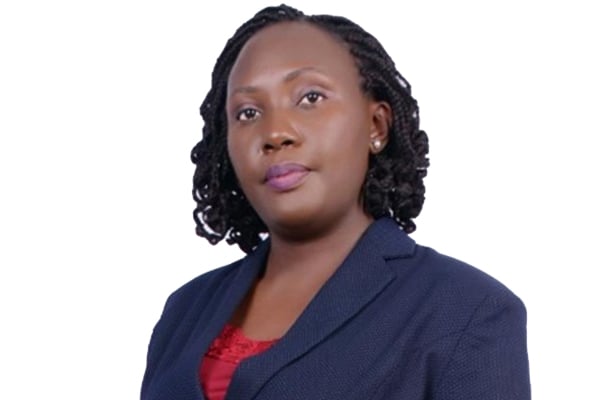Loan impairments eat into dfcu’s profitability

Uganda's legal tender. PHOTO/FILE
What you need to know:
- Shs13.2b profitability: The amount of money that dfcu realised in profits for the period ended December 2021.
Provision for severe loan and advances impairment heavily impacted dfcu, eating into the bank’s profitability by about 385 percent or Shs118b for the period ended 2021.
According to details contained in the bank’s performance, during the period, impairment losses reached Shs148.3b up from Shs30.6b in 2020, which subsequently affected profit margins, dropping to Shs13.2b down from Shs24.3b in 2020.
While presenting the financial results in Kampala last week, Mr Mathias Katamba, the dfcu managing director, said over overall profits were significantly impacted by loan impairment charge, resulting from the impact of the Covid-19.
“We continued to support our customers, especially those operating in sectors that remained in locked down for an extended period, with credit relief and business recovery loans,” he said.
During the period, dfcu also noted a slight decrease in customer deposit, which increased from Shs2.28b to Shs2.59b in 2020 while loans and advances declined to Shs1.5 trillion from Shs1.7 trillion in 2020.
However, Mr Katamba said the bank was looking ahead with focus put on “growth of our retail business, supporting businesses and individuals in the post Covid-19 recovery during 2022”.
Focus, he said, will also be put on building resilience in the loan book through rehabilitation and debt recovery programmes.
During the period, total assets also decreased to Shs3.13 trillion from Shs3.49 trillion, while income increased to Shs450.1b up from Shs414.678b in 2020.
Written off loans increased to Shs37.57b from Shs13.9b in 2020.
However, interest expenses reduced by 26 percent from Shs110b in 2020 to Shs82b in 2021 while interest income grew by 17 percent from Shs233b to Shs273b. Non-interest income increased by 35 percent from Shs70b to Shs93b.
Operating income increased by 21 percent from Shs304b to Shs369b while cost to income ratio reduced by 50 percent from 63 percent.
Borrowed funds reduced by 12 percent from Shs217b in 2020 to Shs191b in 2021.
During the period, Mr Katamba said, the bank had remained well capitalised with capital ratios of 22.28 percent and 23.46 percent for tier one and tier two capital respectively.




